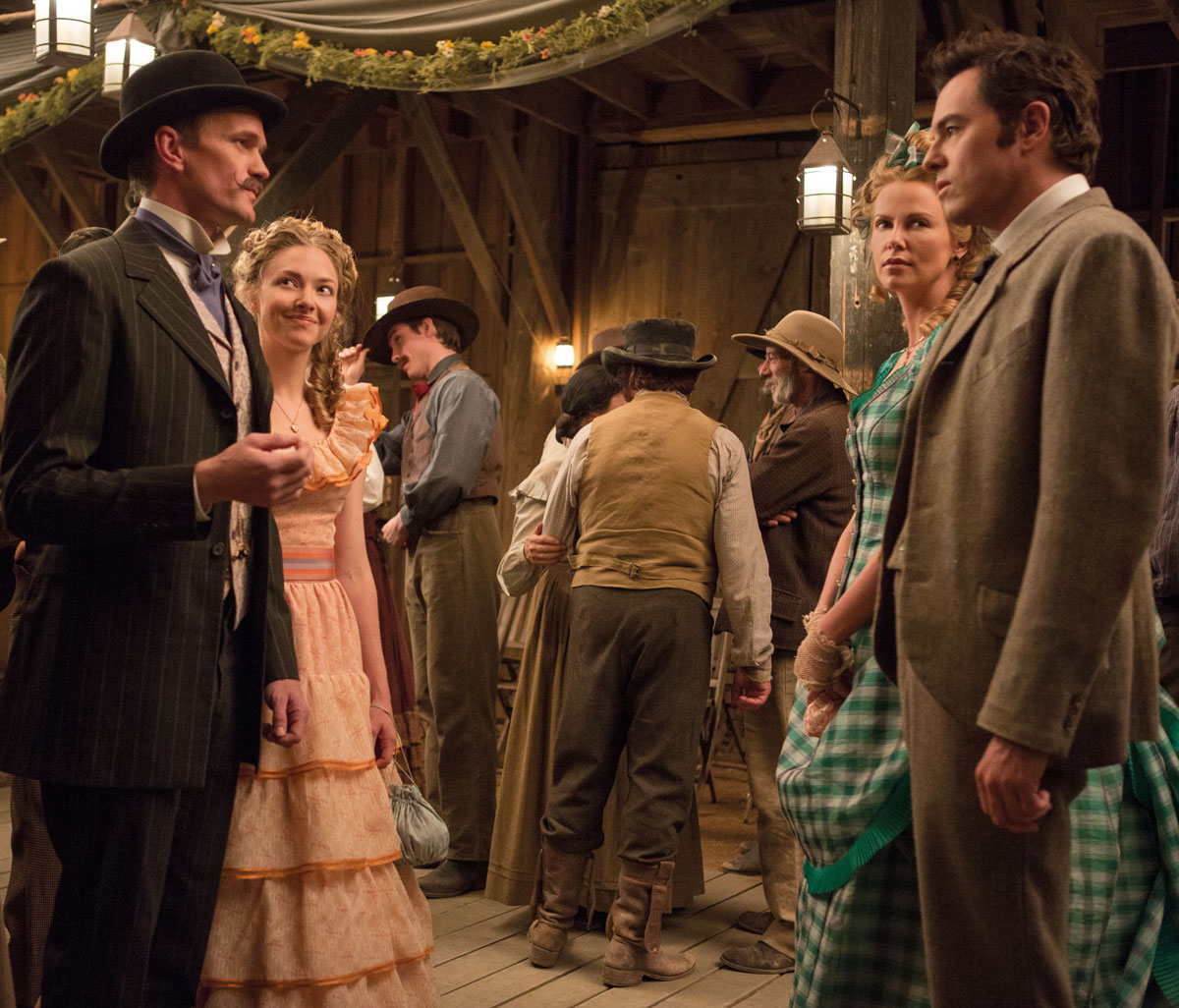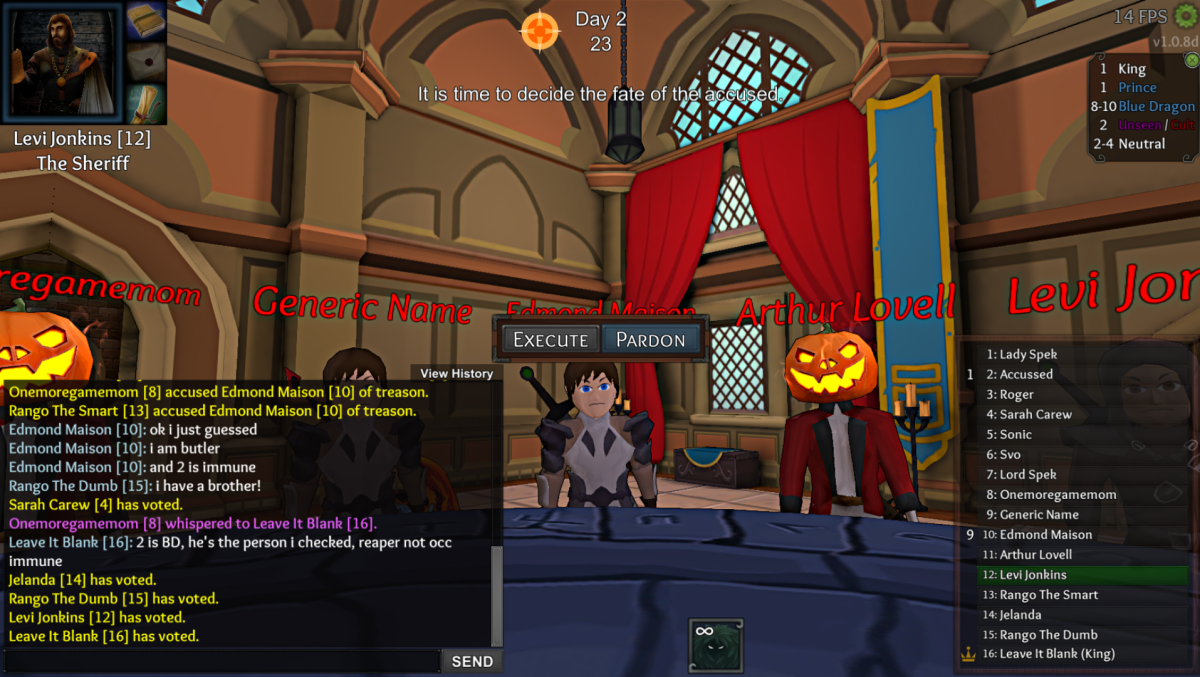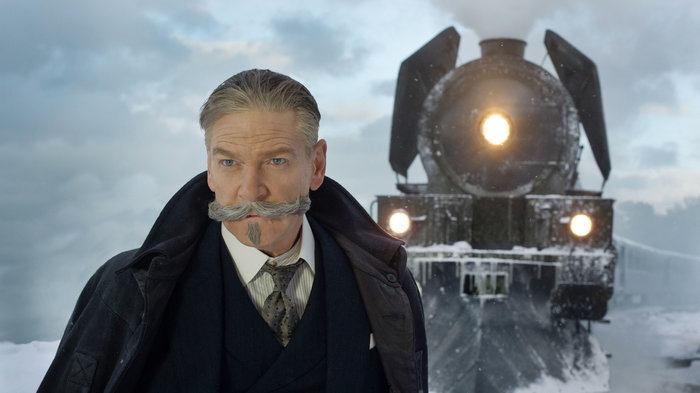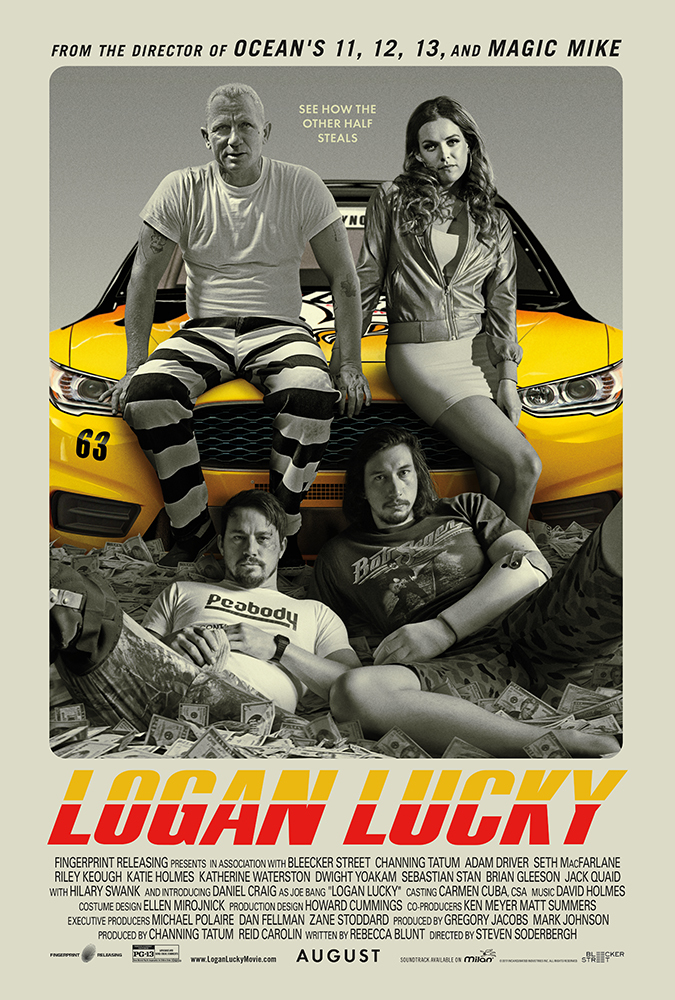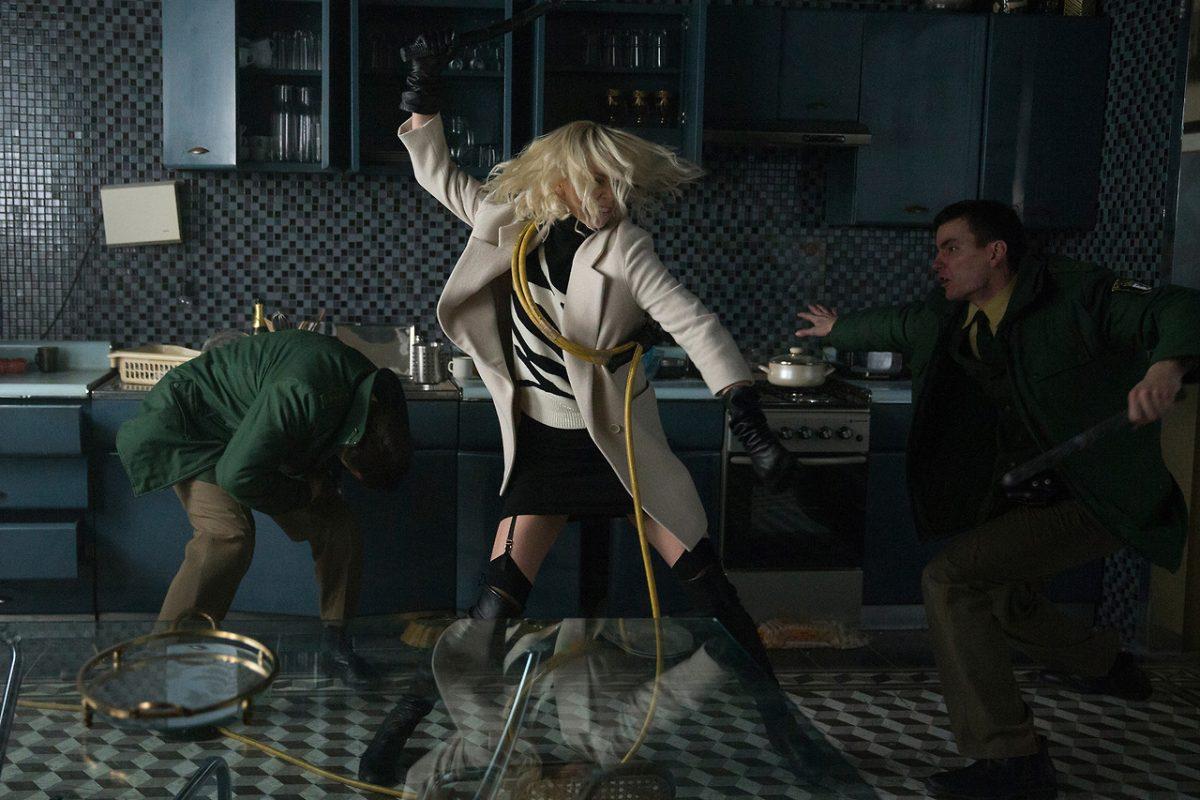Most known for his work on “Family Guy,” Seth MacFarlane’s presence has blown up recently. He has expanded his voice work on “Family Guy” to shows like “American Dad” and “The Cleveland Show,” while also writing and directing the feature film “Ted.” He has become famous, or some might say infamous, for his hosting of the 2013 Oscars.
In “A Million Ways to Die in the West,” MacFarlane headlines as Albert, a sheepish sheep farmer in the town of Old Stump in 1882 Arizona. The introduction of the character, in the middle of a gunfight, shows that he is a mix of Stewie’s raunchy, poop-joke humor and Woody Allen’s eccentric diatribes on the world around him. Instead of actually fighting, he’d rather joke about the situation than step up to the call to action.
After the fight, Albert’s girlfriend Louise (Amanda Seyfried) dumps him to move on to Foy (Neil Patrick Harris), the rich owner of the local moustache salon. Outside of the town, the villainous sharpshooter Clinch Leatherwood (Liam Neeson) is planning a railroad heist, so he sends off his wife Anna (Charlize Theron) to the nearby town, Old Stump, to stay safe.
Albert and Anna cross paths during a crazy salon brawl, where Albert saves Anna’s life. The two then bond over their contrasting, but mutual, distaste of the Western frontier. Anna offers to help Albert regain his girlfriend by making her jealous. However, in a haze of anger, Albert ends up challenging Foy to a gunfight to try to win back Louise. Since Albert has never fired a gun before, Anna offers to train him for the fight.
It’s a barebones plot without much deviation from the expected. Obviously, the two leads start to have feelings for each other as the training process moves forward. However, their relationship gets impeded when Clinch comes back in town for Anna.
“A Million Ways to Die in the West” races like it’s on ecstasy. Even at nearly two hours, the jokes fire off at a furious pace. Unfortunately, the humor is hit-or-miss. The front-end jokes are actually quite witty and clever. The characters all talk with a 21st century accent and the old-timey jokes mostly work. There are a bunch of small cameos in the film as well, though the best one is spoiled in the film’s trailers.
This goes for the humor as well. The best jokes in the film are used in the trailers. Director MacFarlane, and co-writers Alec Sulkin and Wellesly Wild, who are writing partners on “Family Guy” and “Ted,” populate the rest of the film with shock or toilet-bowl jokes instead of clever or ironic ones. The script fails the Bechdel test miserably and is chock full of phallic and diarrhea humor. Thematic ideas or running gags aren’t escalated or built upon, but instead repeat past the point of fruitful returns.
The film rests on MacFarlane, as he is the writer, producer, director, and main lead for the film. Here, he is a jack-of-all-trades, but master of none. Most obvious is his lacking screen presence. As Albert, MacFarlane lacks the charisma to carry the film, and it’s most obvious when he’s sharing the screen with Theron.
On the technical side, there are some positive notes, most exemplified in the opening credits. The cinematography by Michael Barrett beautifully captures the Western archetypal scenes. Composer Joel McNeely also has a great score that is reminiscent of classic Western theme songs.
“A Million Ways to Die in the West” isn’t going to be the career boost for MacFarlane in the way that “Ted” was, and the satire of Western films devolves moving into the third act with episodic scenes whose only purpose is to set up singular, unrelated jokes. MacFarlane has shown that he is a smart and clever writer, capable of hilarious work. There’s good humor in the film, but to get to the next level, it requires MacFarlane to stop pandering to the lowest common denominator of audiences.

